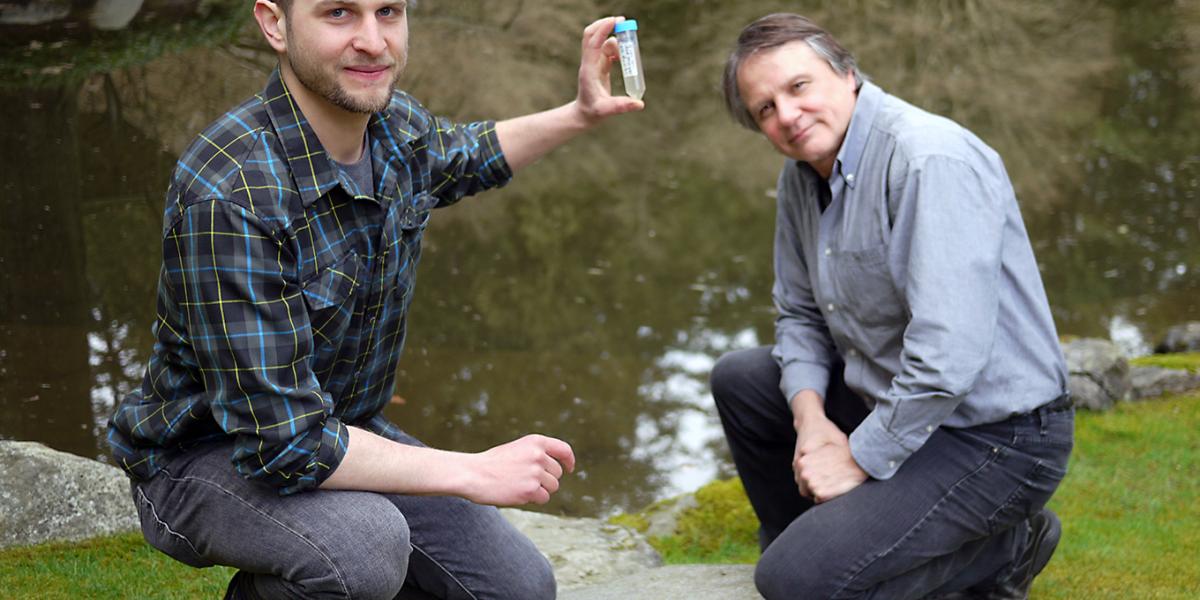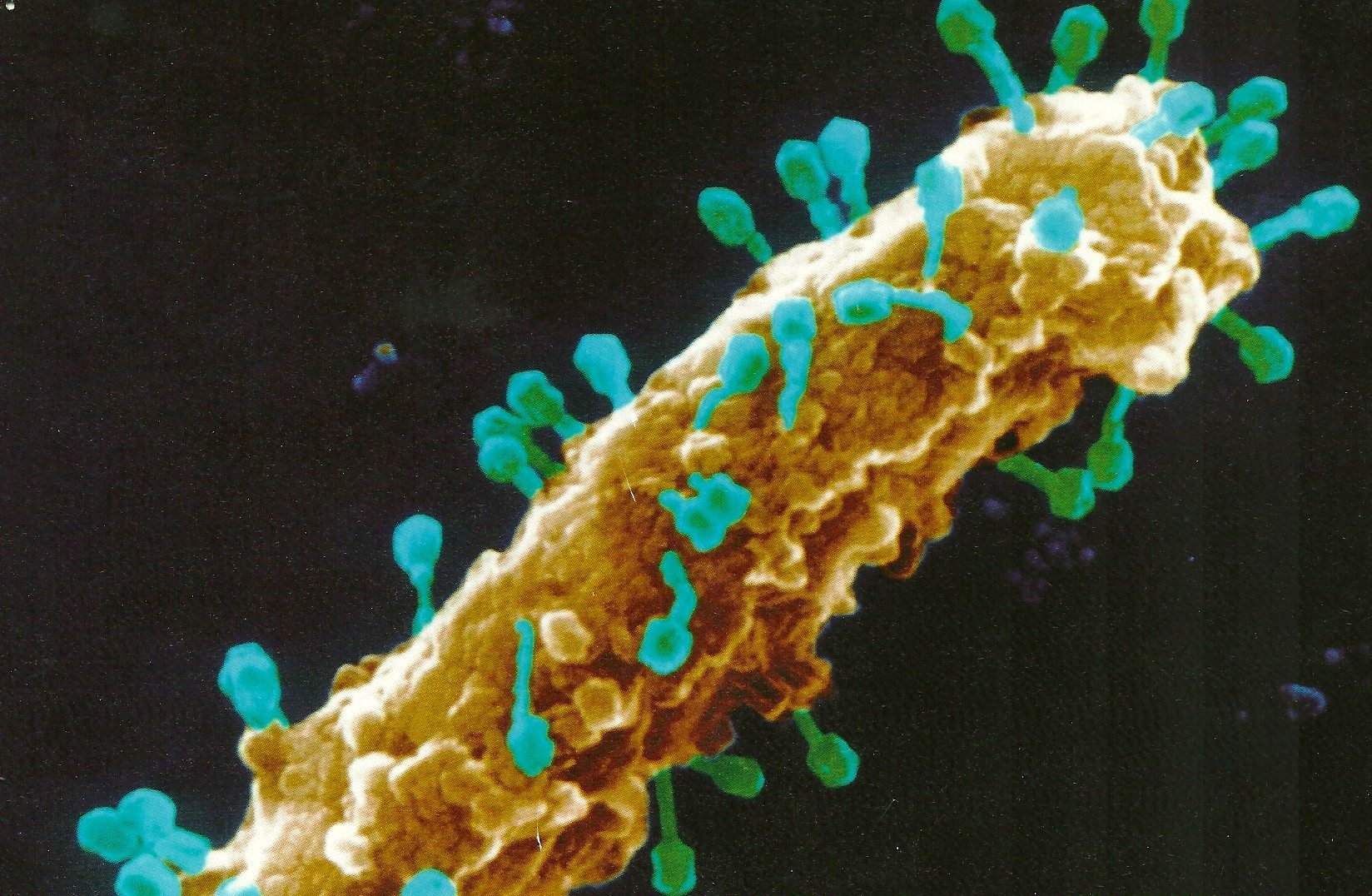Abundant Giant Virus in Sea Captured and Characterized
Viruses are the most abundant biological entities on the planet and there are typically millions of virus particles in each milliliter of marine or fresh waters that are estimated to kill about 20% of the living biomass each day in surface marine waters. Most of these viruses are tiny, often 10 or 100 times smaller than bacteria. However, a few reach a similar size and complexity to bacteria, and so stand out as relative giants.
Relative to other viruses, Giant Viruses have much more DNA in their genome, which in turn provides the genetic template to produce the proteins that allow viruses to reproduce largely independently of its host.
Typically, more than half of
the genes encoded by Giant Viruses have no evident similarity to genes from other viruses or cellular life. Sequencing DNA from ocean water suggests that Giant Viruses are abundant and ecologically important; yet, few have been isolated from the microbes that they infect.Without being able to study Giant Viruses in the laboratory, little can be known about their biology, the way they infect their hosts, and their broader influence on aquatic life.
Motivated by the lack of ecologically relevant giant-virus isolates- Bodo saltans virus, the first isolated representative of the most abundant giant viruses in the sea, has now been unveiled by researchers at the University of British Columbia.
The Bodo saltans virus (BsV), whose genome weighs in at 1.39 million bases of DNA, is one of the largest giant viruses ever isolated, and the largest known to infect zooplankton. It is found to possess an arsenal of toxins and DNA cutting enzymes, which likely interfere with other viruses trying to replicate inside the host.

During an infection, BsV maneuvers in direction of the rear of the host cell and releases its viral genome. It seems on observation that as BsV advanced it stole genetic equipment from the host to assist in the an infection course of. BsV would not carry switch RNA (tRNA), half of the replication equipment all different big viruses carry. It does, nevertheless, carry tRNA restore genes, making it doubtless that the virus makes use of the host’s personal tRNA throughout an infection.
Again, these genes seem to have been coopted by the virus straight from the host. More than 10 per cent of BsV’s genome encodes the identical group of proteins which are doubtless concerned in combating the host’s antiviral system.
This suggests that the virus is engaged in an evolutionary arms race with its host, and could offer on explanation of how the genomes of giant viruses could reach their impressive complexity.






























